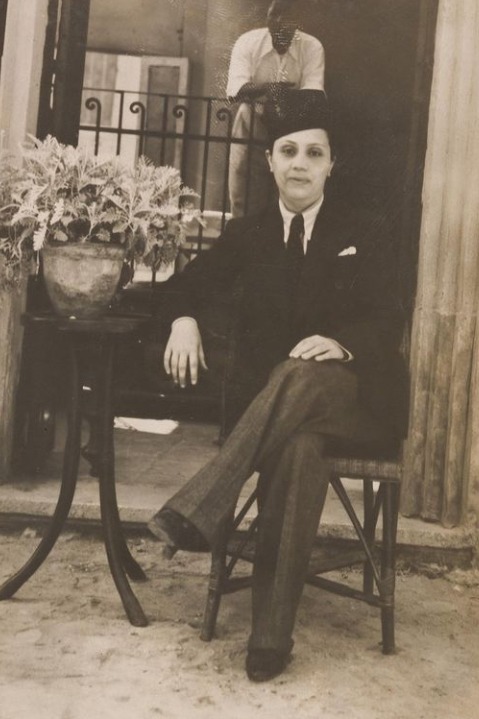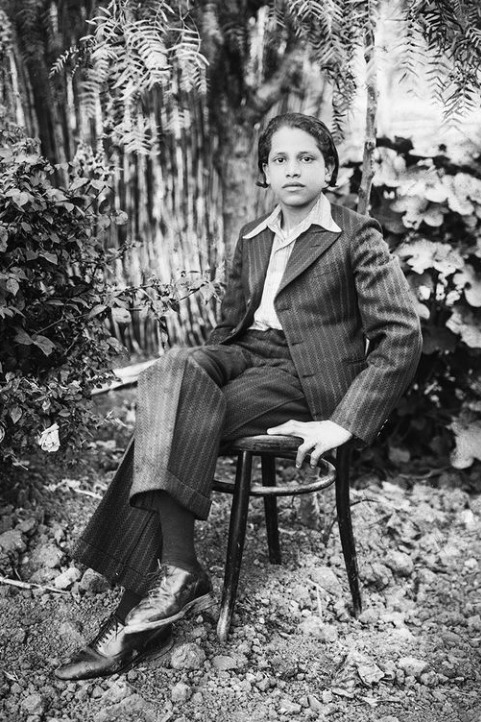Also Forever Grumbling About The Fact That People Want To Divorce The Myth But More Specifically The
Also forever grumbling about the fact that people want to divorce the myth but more specifically the Homeric Hymn to Demeter from its cultic purposes; Eleusis and the Eleusinian Mysteries play a major role in the story and this has a huge effect on the storytelling, and if we divorce all of the themes it imposes on Persephone/Demeter’s storylines from their myth in this adaptation, you lose a significant amount of context and meaning
More Posts from Ro0hafz4 and Others
“The so-called ‘mystery cults’ were a handful of marginal Eastern Mediterranean cults which achieved popularity throughout the Roman empire and were distinguished as a unique religious phenomenon by the Belgian archaeologist and philologist Franz Cumont in his 1906 book Oriental Religions in Roman Paganism. This modern label of ‘mystery cults’ has now long been used as a blanket designation to cover the cults held in honour of Mithra, Attis and Cybele, Isis and Osiris, Demeter and Persephone, Orpheus and Bacchus/ Dionysus, and the Samothracian Kabeiroi, among countless other minor and local groups who will never be remembered. Each of these cults (with perhaps the exception of Mithraism) revolved around the dramatic and ecstatic veneration of “dying-and-rising-gods,” a title formulated by the founding father of comparative religion, James G. Frazer, and subsequently developed by British and Scandinavian members of the Myth-and-Ritual School. These so-called “Cambridge Ritualists,” held to the notion that myths do not stand on their own, but are born out of ritual. This theory, of course, is heavily disputed; but the alternative view is equally enlightening: that myth and ritual evolve along parallel lines, without one developing strictly out from the other. The ‘Divine Bridegroom’ is similarly a name I use for these dying mystery gods. For the most part, the mystery religions were sanctuary based, taking place in a telestrion (initiation chambers), caves, or mountain groves, and their members were organized by a structure of hierarchical degrees of initiation. The “mysteries” themselves generally entailed dramatic experiences conveyed via esoteric initiation ceremonies that were reflections of annual agricultural and astrological cycles. Already the mainstream view of old-school ethnologists believed in the notion that the mysteries were survivals of ancient “rites of passage,” especially by Mircea Eliade and Angelo Brelich. Many believed that the origin of the mysteries should be sought in some stage of primitive agricultural development, and it is in illo tempore - into that mythic dream time - to which I wish to return throughout this book.”
— Dan Attrell - Shamanism and the Mysteries: A Brief History of the Cult of Ecstasy

I’ve been listening to “Blood Moon” by Saint Sister a lot this season and it inspired this piece of a spooky Minoan Artemis dancing in the woods.
“The manifold self-contradictions in Greek ideas and phrasing about death are not errors. They are styles of imagining the unimaginable, and are responsive both to personal needs and to old conventions. The same conflicts surge up in many cultures. They are necessary ambiguities in a realm of thinking where thinking cannot really be done, and where there is no experience.”
— Emily Vermeule, “Immortals are Mortal, Mortals Immortal,” Aspects of Death in Early Greek Art and Poetry

This is Amal and her family. My children are living under bombardment in the war 😭 Please consider them your children and help them 🙏🙏 Stand by my side to save and protect my children. They haven't gone to school for a year 🙏😢😢 Donate to save my children's lives 🍉 🙏🇵🇸 We live in very difficult and desperate circumstances, and what is worst of all is that the fear that haunts me increases day by day. Help me provide them with basic life needs. @gazavetters is verified, my verified number in the list is (#55)
Please help Amal and her family get food, water and shelter!!

Their campaign has been vetted here at #55 by @gazavetters, $7,760/$30,000 (26%) has been raised (as of 20/11/2024). Please donate if you can and share as much as possible to get Amal and her family to safety!!
-
 poeticcannon liked this · 4 months ago
poeticcannon liked this · 4 months ago -
 ro0hafz4 reblogged this · 6 months ago
ro0hafz4 reblogged this · 6 months ago -
 runboybeneaththemoon liked this · 7 months ago
runboybeneaththemoon liked this · 7 months ago -
 whenthecagebirdsings liked this · 1 year ago
whenthecagebirdsings liked this · 1 year ago -
 temperamentalgreen liked this · 1 year ago
temperamentalgreen liked this · 1 year ago -
 liminalhill liked this · 2 years ago
liminalhill liked this · 2 years ago -
 lilyaquarius liked this · 2 years ago
lilyaquarius liked this · 2 years ago -
 0lympian-c0uncil liked this · 2 years ago
0lympian-c0uncil liked this · 2 years ago -
 brownshoes liked this · 3 years ago
brownshoes liked this · 3 years ago -
 renata-dx liked this · 3 years ago
renata-dx liked this · 3 years ago -
 demigoddessqueens liked this · 3 years ago
demigoddessqueens liked this · 3 years ago -
 doomsgf-remade liked this · 3 years ago
doomsgf-remade liked this · 3 years ago -
 glossie reblogged this · 4 years ago
glossie reblogged this · 4 years ago -
 hakuuuei liked this · 4 years ago
hakuuuei liked this · 4 years ago -
 themusesproxy reblogged this · 4 years ago
themusesproxy reblogged this · 4 years ago -
 themusesproxy liked this · 4 years ago
themusesproxy liked this · 4 years ago -
 abaltoaethere liked this · 4 years ago
abaltoaethere liked this · 4 years ago -
 gingerwarlock liked this · 4 years ago
gingerwarlock liked this · 4 years ago -
 orpheushorizon liked this · 4 years ago
orpheushorizon liked this · 4 years ago -
 greatbear2121 liked this · 4 years ago
greatbear2121 liked this · 4 years ago -
 viggomortensenmoesode liked this · 4 years ago
viggomortensenmoesode liked this · 4 years ago -
 kingofbackpain liked this · 4 years ago
kingofbackpain liked this · 4 years ago -
 totopopopo reblogged this · 4 years ago
totopopopo reblogged this · 4 years ago -
 wafflelovingbatgirl reblogged this · 4 years ago
wafflelovingbatgirl reblogged this · 4 years ago -
 valengory1234 liked this · 4 years ago
valengory1234 liked this · 4 years ago -
 figbian liked this · 4 years ago
figbian liked this · 4 years ago -
 antema liked this · 4 years ago
antema liked this · 4 years ago -
 lilatheintrovert liked this · 4 years ago
lilatheintrovert liked this · 4 years ago -
 sock-396 liked this · 4 years ago
sock-396 liked this · 4 years ago -
 skeletontemple liked this · 4 years ago
skeletontemple liked this · 4 years ago -
 hypokeimena liked this · 4 years ago
hypokeimena liked this · 4 years ago -
 finelythreadedsky reblogged this · 4 years ago
finelythreadedsky reblogged this · 4 years ago -
 covenofpersephone reblogged this · 4 years ago
covenofpersephone reblogged this · 4 years ago -
 fata-vocant liked this · 4 years ago
fata-vocant liked this · 4 years ago -
 creativefictionlover liked this · 4 years ago
creativefictionlover liked this · 4 years ago -
 eveningstarlife liked this · 4 years ago
eveningstarlife liked this · 4 years ago -
 en-theos reblogged this · 4 years ago
en-theos reblogged this · 4 years ago










